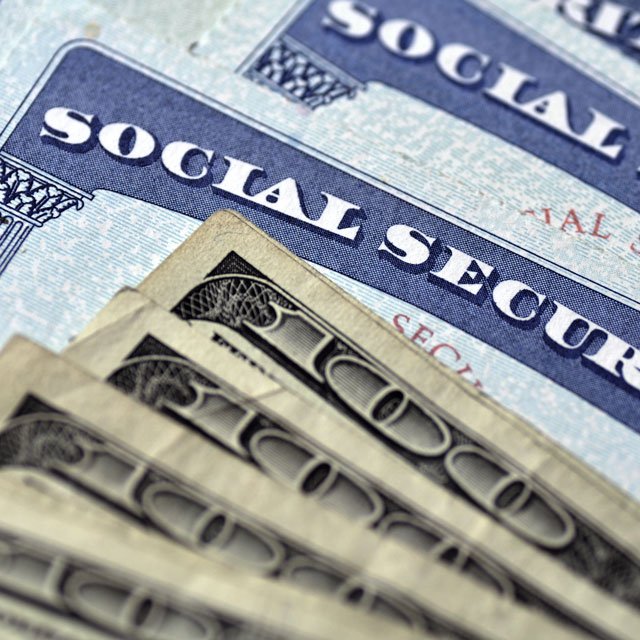10 Cities Where COVID-19 May Be at a Flashpoint
What It Means
Life insurers and actuaries are hoping that the COVID-19 pandemic is over, and that it caused only a temporary disruption in the life expectancy data that life insurers, advisors and pension plan sponsors use in estimating how long clients will live. Any new waves of the pandemic could increase uncertainty about client life expectancy estimates and income planning arrangements.
The Data
HHS COVID-19 trackers included 941 "core-based statistical areas" in their latest Community Profile Report. To reduce statistical noise, we looked only at the 194 communities with a population of at least 250,000. Reported hospitalization rates in those 194 communities ranged from 1.2 per 100,000 residents, in the Tuscaloosa, Alabama, area, up to 28.9 per 100,000 residents, in the Gainesville, Florida, area, with a median of about 9 per 100,000 residents. About 84 of those communities still have COVID-19 hospitalization rates of at least 10 per 100,000 residents. In 41 of those communities where COVID-19 hospitalizations are still common, the hospitalization rate increased by 10% or more between the seven-day period ending June 14 and the seven-day period ending June 21. Fewer than one-quarter of large and midsize communities fall into that category, but in those communities, COVID-19 is still putting many people in the hospital and seems to be increasing in intensity. The increases in hospitalization rates in these communities could be the dying embers of the pandemic, or they could be smoldering sparks that will eventually lead to the creation of dangerous new variant and a new pandemic wave.
Hospitalizations vs. Cases
Hospitalization trends may now be the first sign insurers and advisors have that a bad COVID-19 wave is coming, because people now have ready access to home test kits. Many people with mild or even moderate cases may simply test themselves at home and recover on their own, without ever telling physicians that they have COVID-19. (Photo: Andrea Booher/FEMA)
© Touchpoint Markets, All Rights Reserved. Request academic re-use from www.copyright.com. All other uses, submit a request to [email protected]. For more inforrmation visit Asset & Logo Licensing.

Featured Resources
View All
Sponsored by Axos Advisor Services
Integrated Banking Solutions: How To Enhance Client Services and Grow Your Business

Sponsored by Optifino
Three Macro Trends Impacting Long-Term Care: Trends, Solutions & Client Conversations

Sponsored by Vanilla
The Missing Piece: Why Advisors Who Skip Estate Planning are Failing Their Clients




